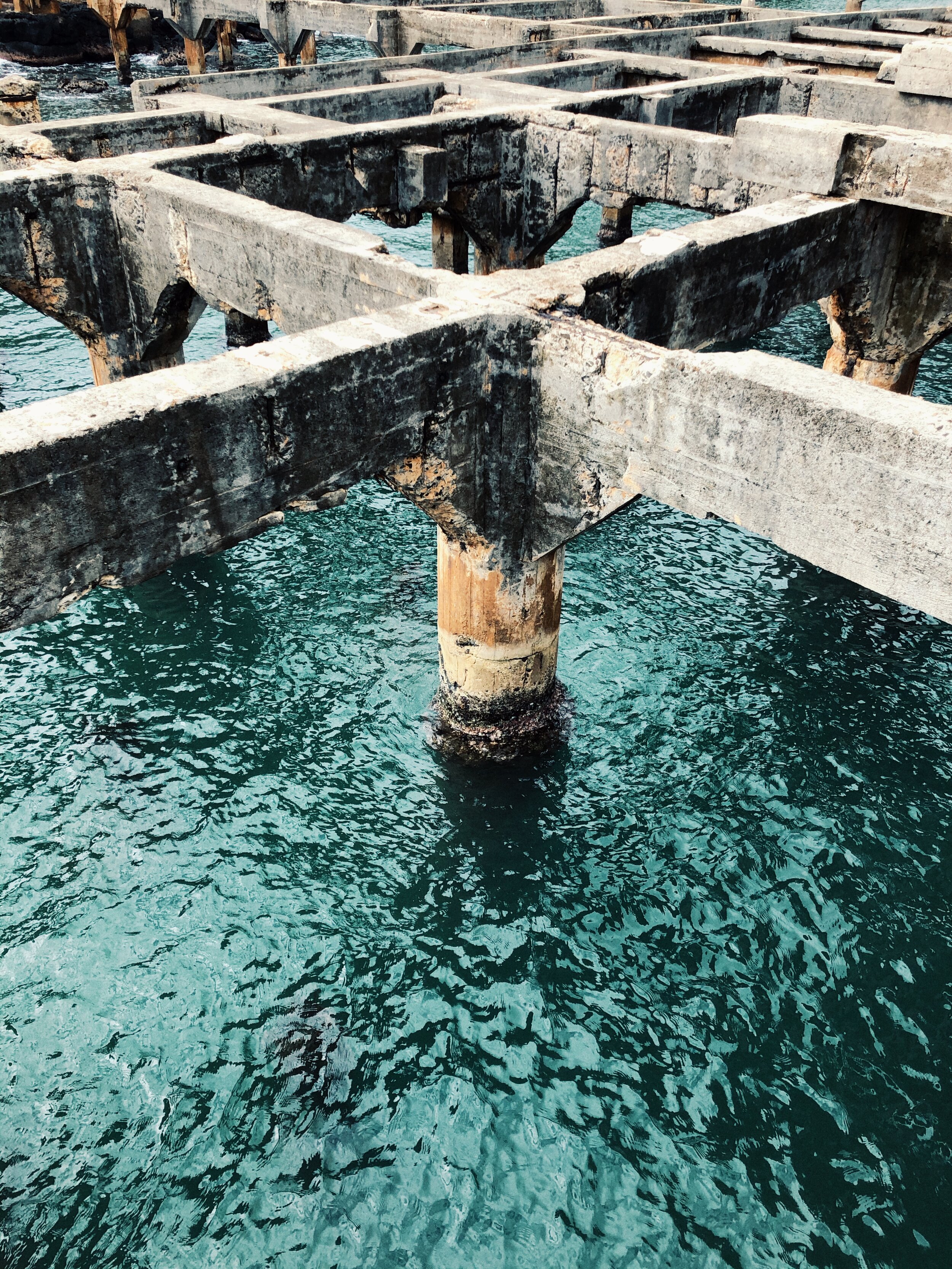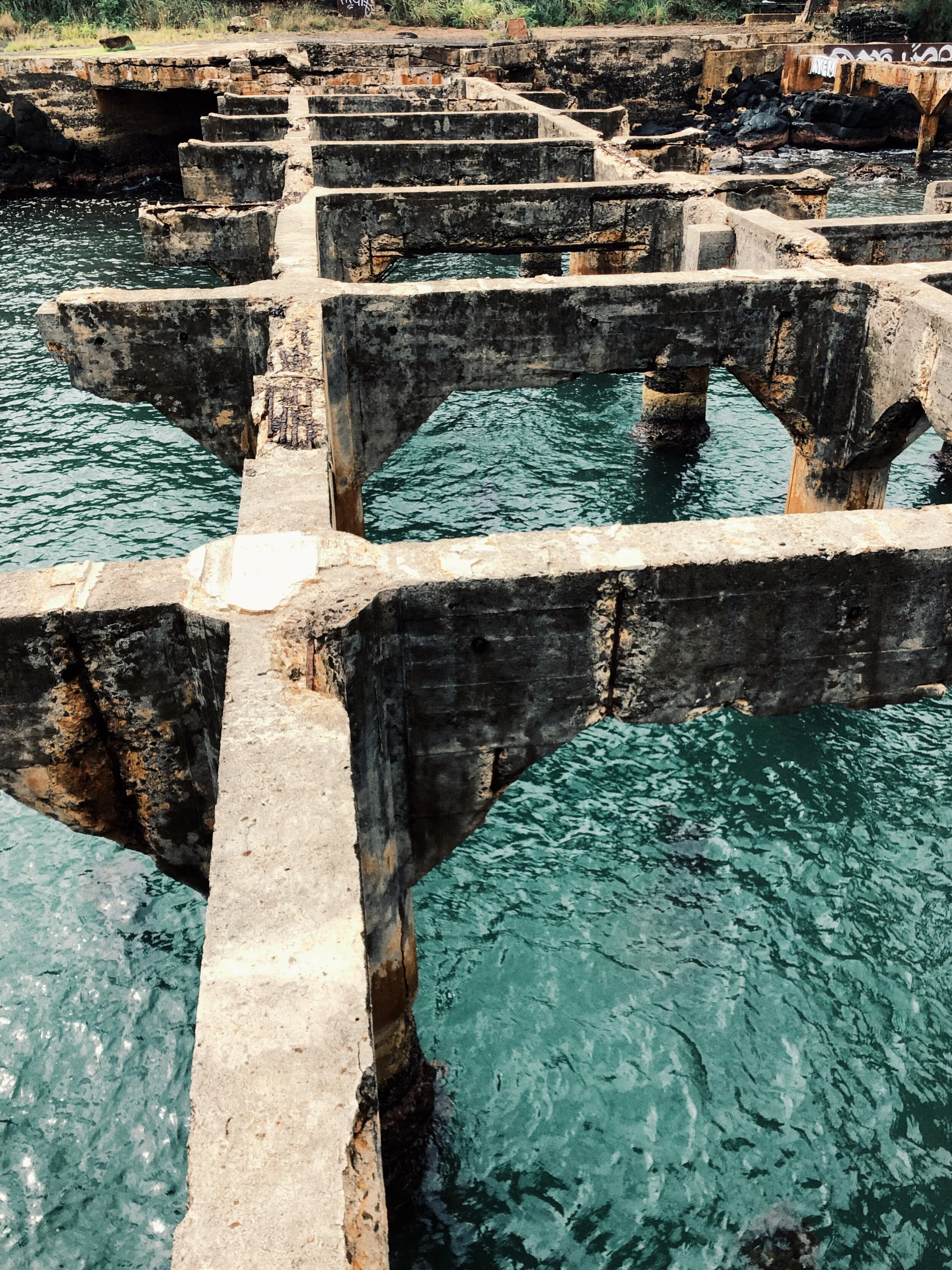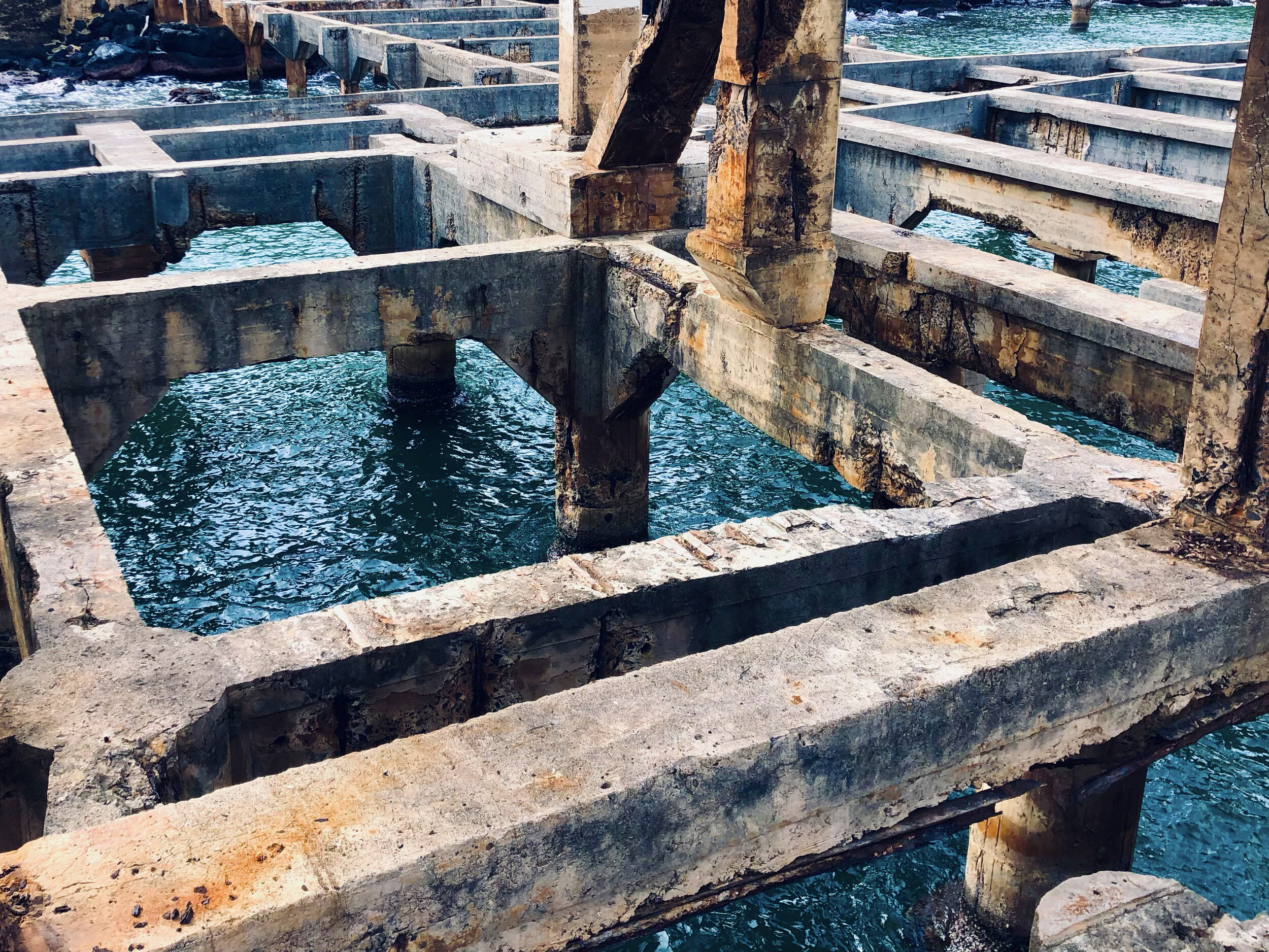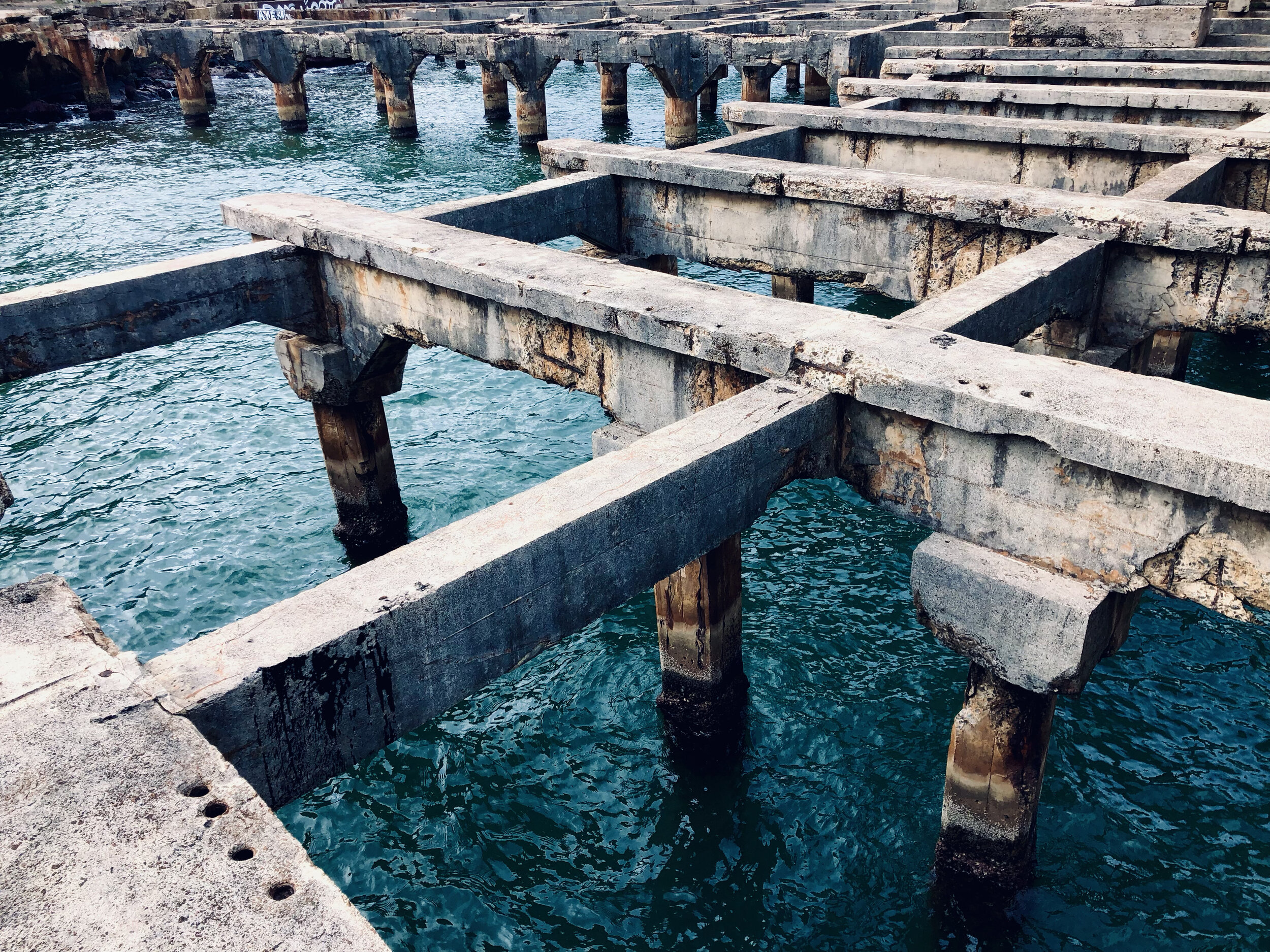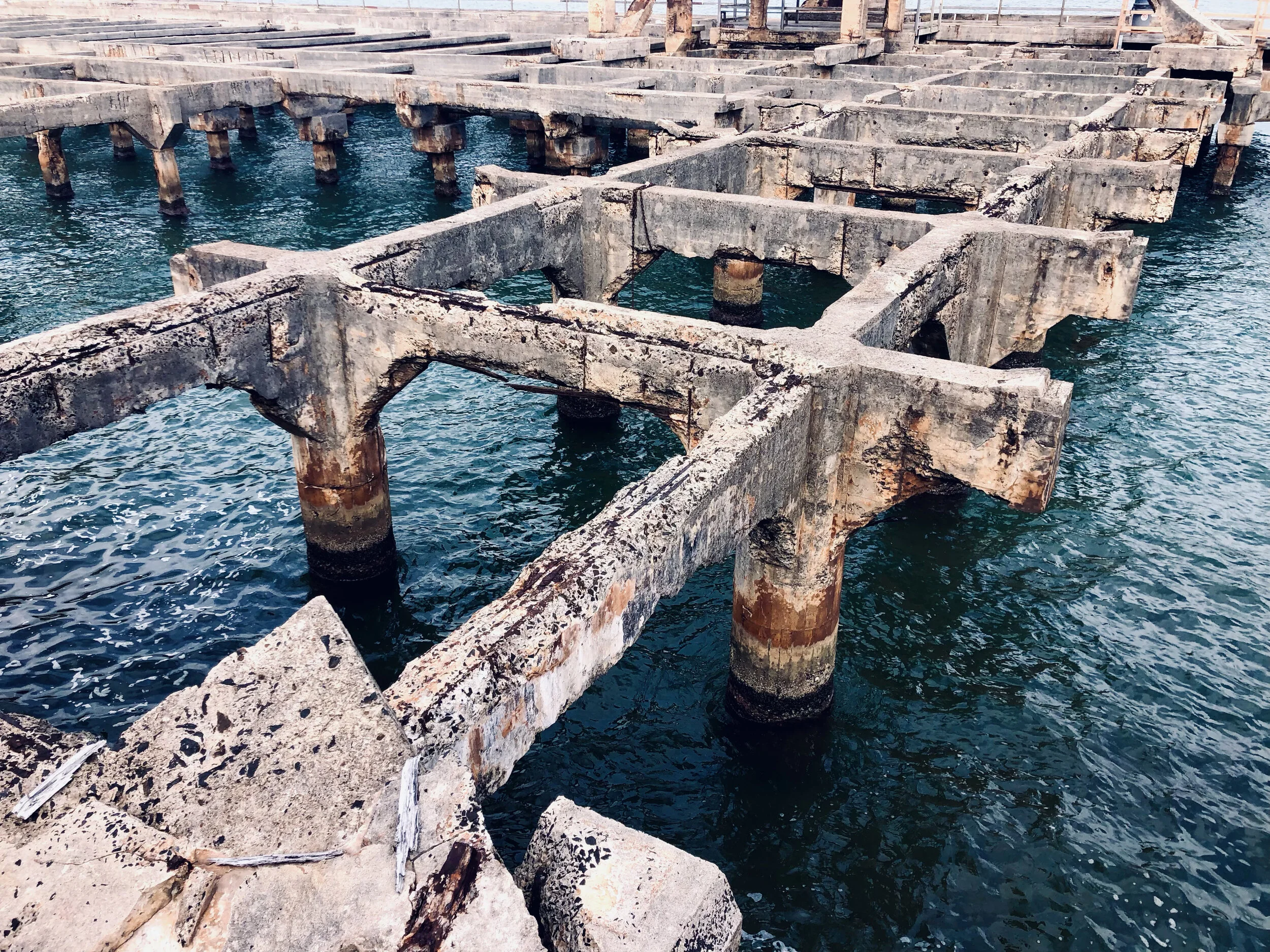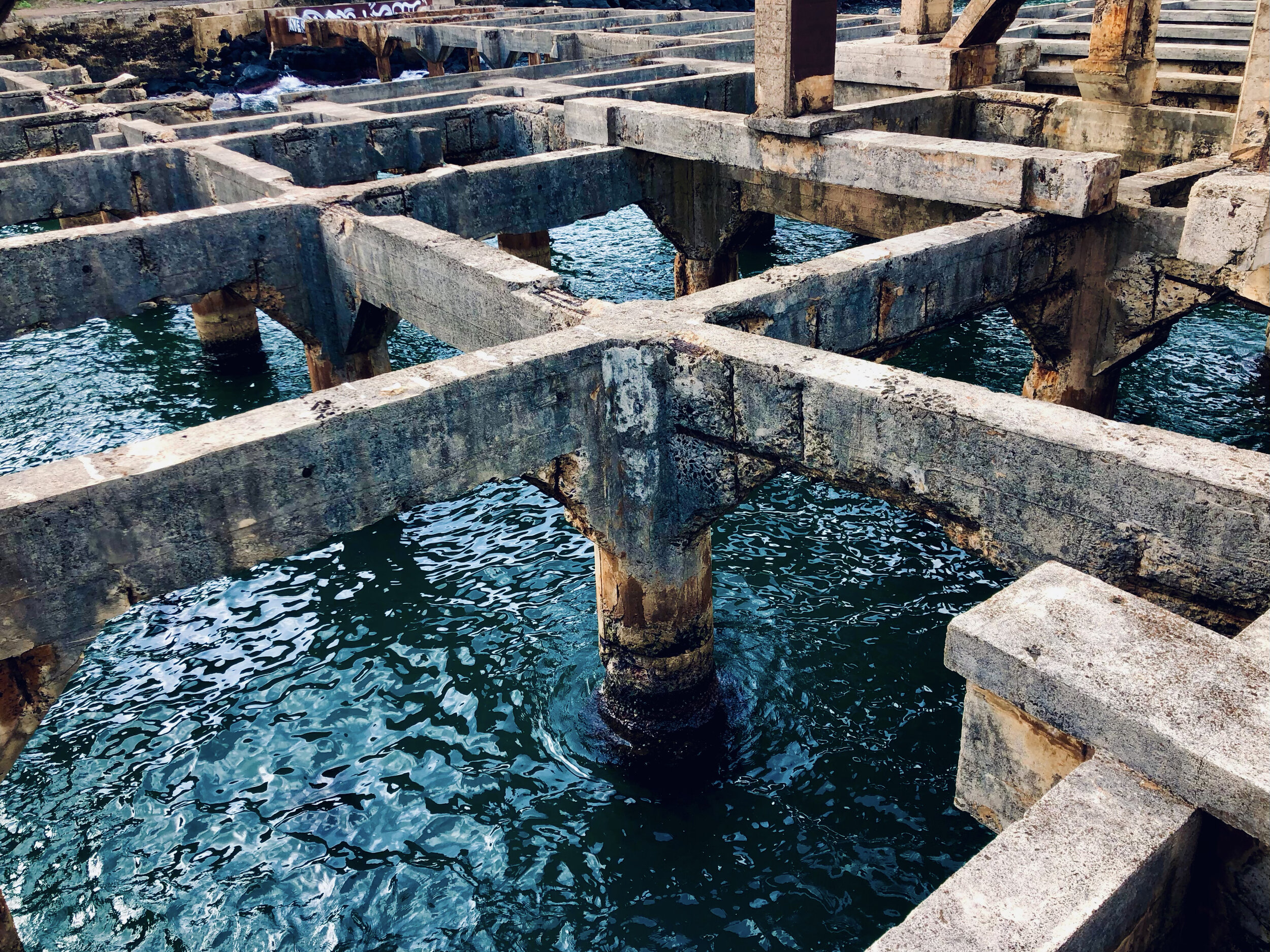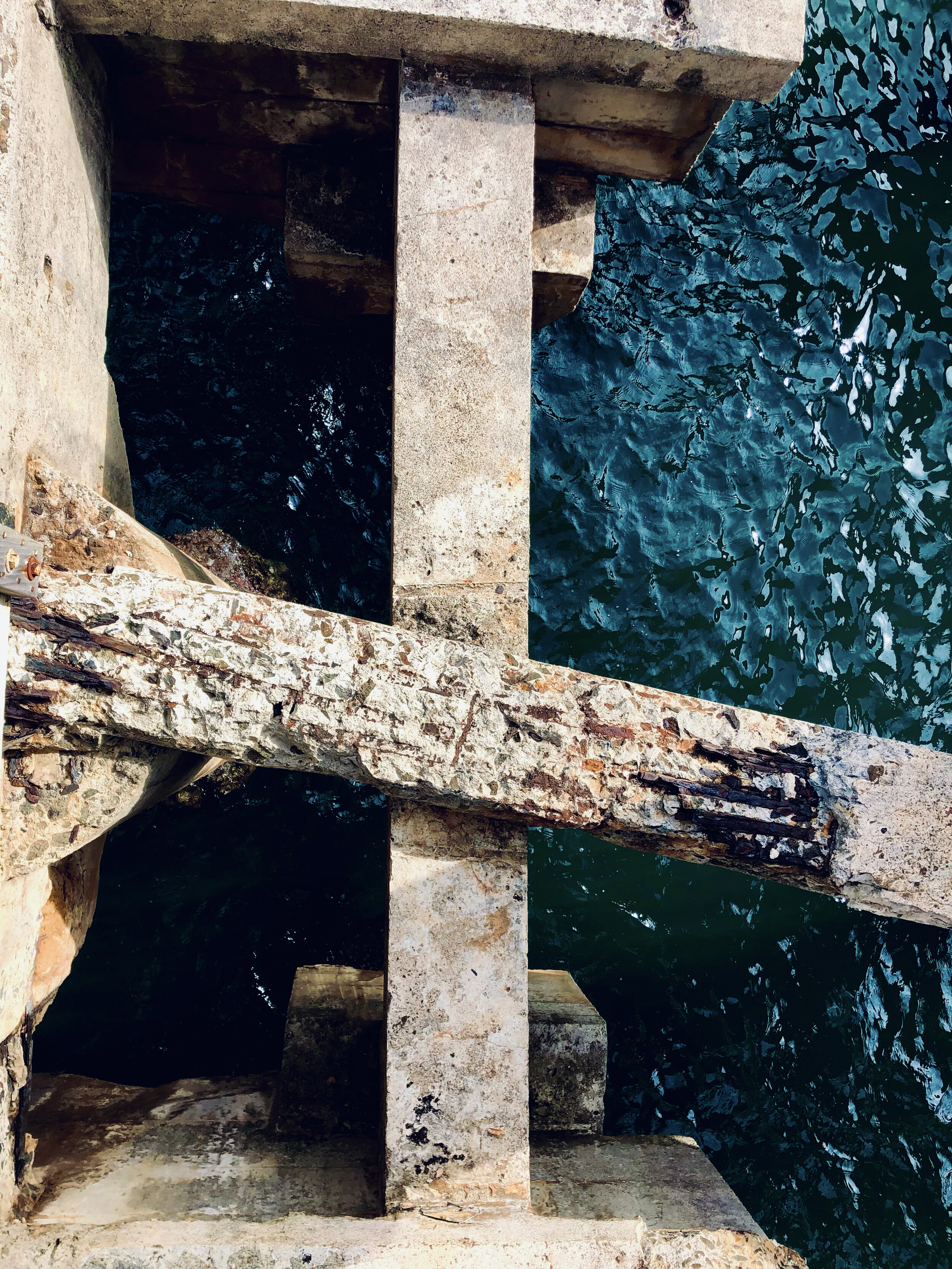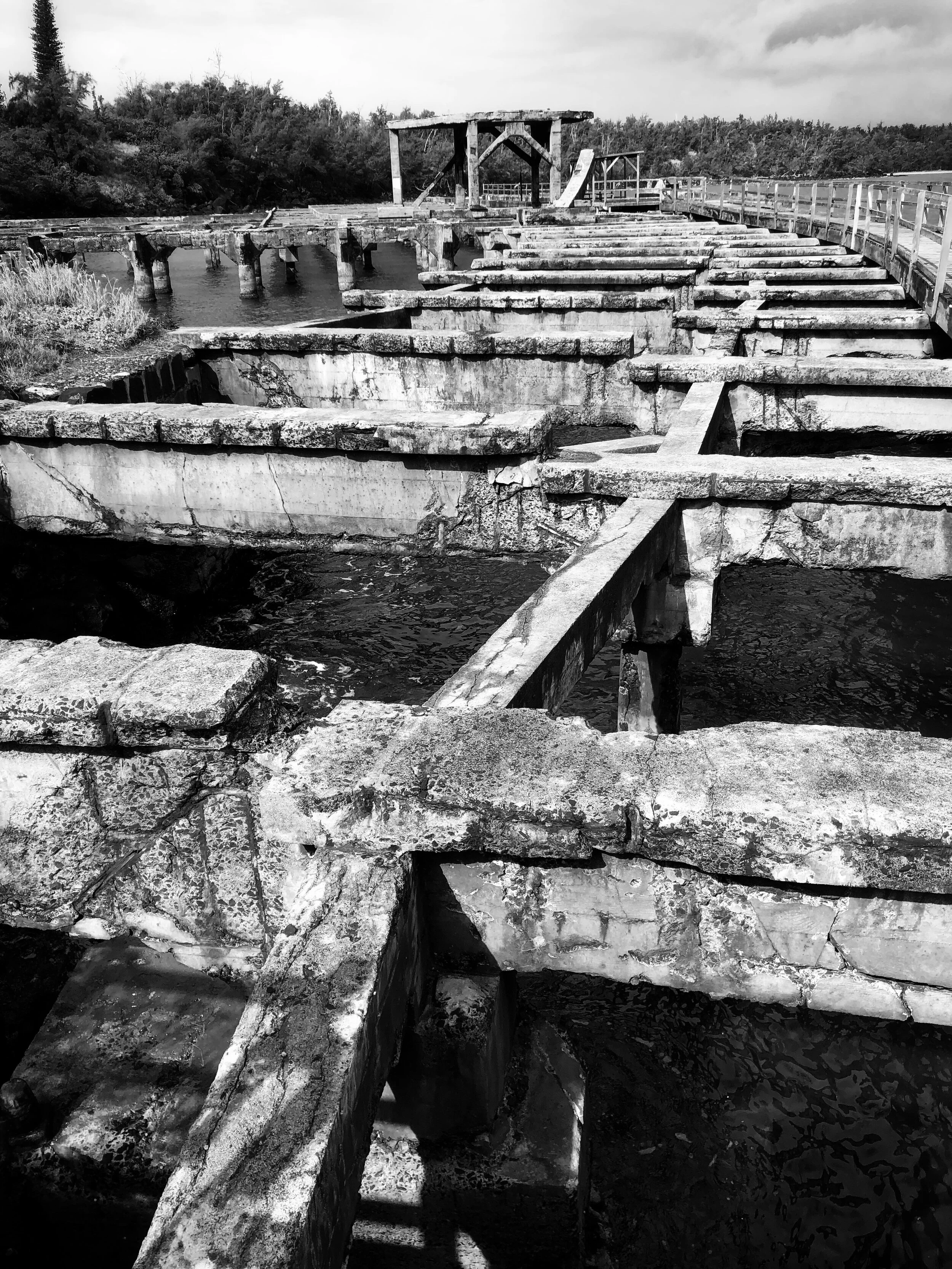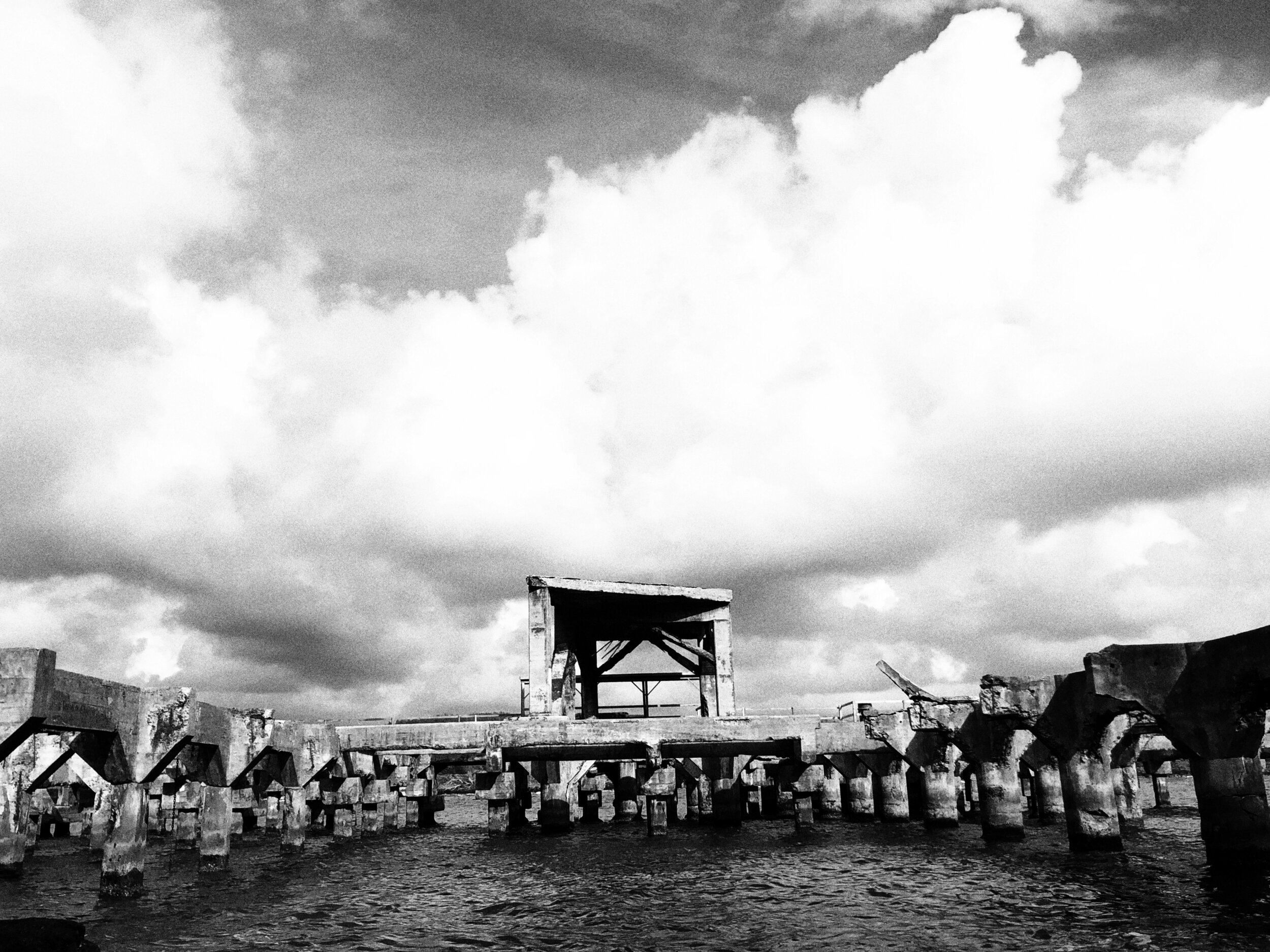
Harbor memory.
Full steam ahead
A craving for sugar helped build an appetite for industry that shaped Hawaii’s bays into thoroughfares. Eventually modern times would come calling and an economy would hoist anchor, and move on.


Early Hawaii harbors became protective bays where locals carried out goods to awaiting ships. A harbor would eventually sprout a pier that would grow by leaps and bounds to host steamers to shuttle passengers and freight to distant island destinations to a new demanding world.
In the good old days, this place was a bustling landing for inter-island steamers. During the 1920s, a several-hundred-foot pier and breakwater was created to become the first harbor landing on the small fertile island. The pier was suitable for steamships to saddled up alongside to be loaded with sugar, pineapple and goods brought by railcar from freight trains across the island.
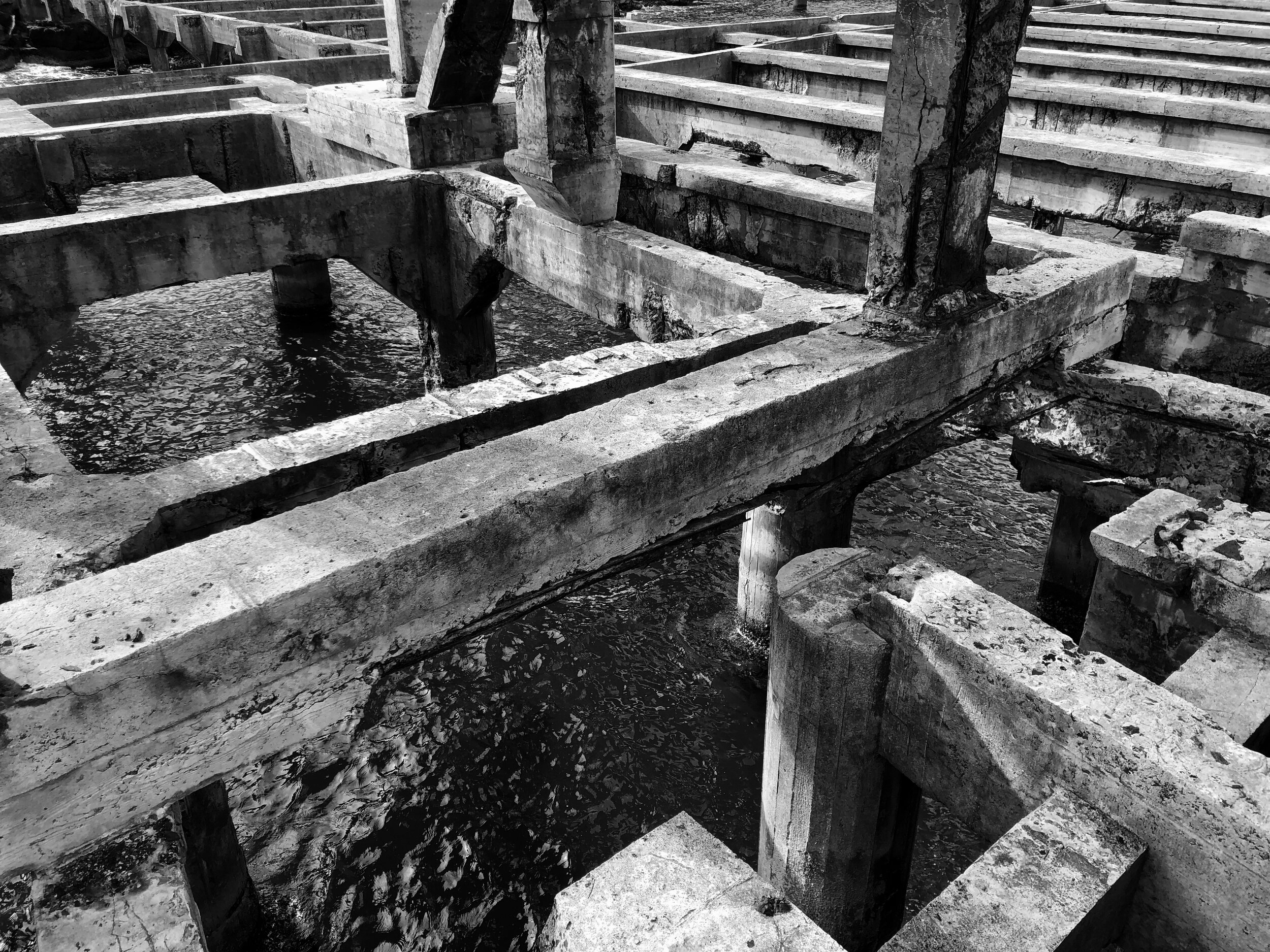
Modern problems.
For years the busy harbor would thrive with goods hurried on to steamships for travel far and wide. Steamers were a common sight along the coastline bringing visitors with wide open eyes. On a calm day waters were turquoise and clear, popular with turtles and sea-life. On a stormy day, it was trouble. The wind blew hard on this Eastern shore, large swells would roll into the harbor and waves would crash over the breakwall. By all accounts this was Hawaii, wet and wild.
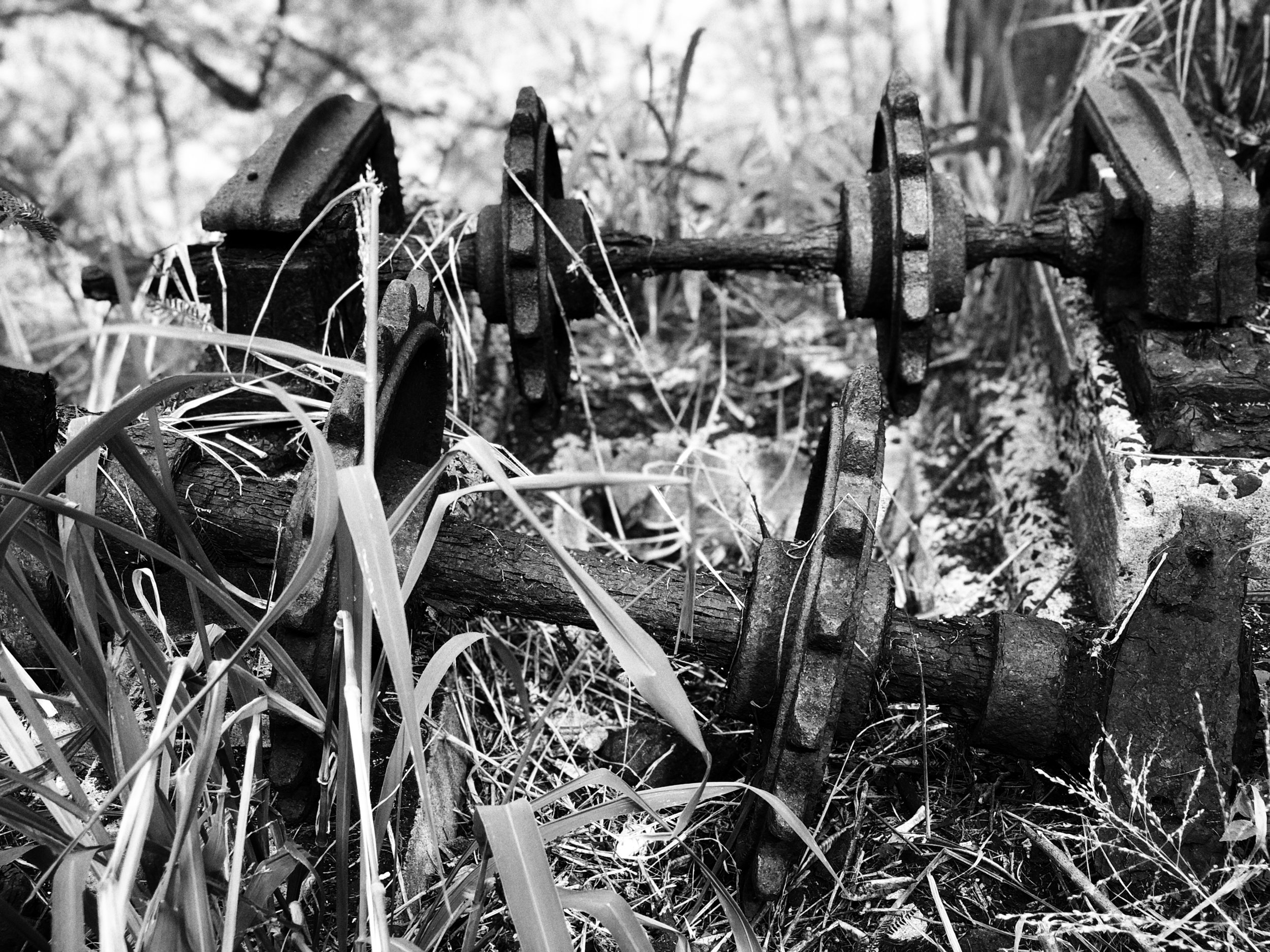
Ground to a halt.
To this day it is hard to erase the impact this bustling harbor made. To the Island it helped build an economy. For the landscape it left it’s bones. Amongst deep grass and weeds, the machinery of the pier’s operations gently return to earth. Remains of old camp houses and primitive warehouses litter the overgrowth. Shrubs and trees shroud the once mighty muscle that shuttled cargo to visiting ships. A memory of huge mechanized conveyer system on vaulted cement structures moved goods from railcar to awaiting ships doing the work of a thousand men sit still like gravestones at rest.
The old pier had it good days, a new age was here. Bigger ships. Larger fleets. Deeper harbors. Calmer waters. Out with the old and in with the new— a modern harbor would be completed nearby. This would seal the old harbor’s demise. Cargo began to move through the new harbor and eventually the old harbor's service trickled, and stopped. Operations ceased in 1950 and the structures were demolished. A return to fishing grounds, and a visually-striking skeleton of steel and concrete were left in its wake.
